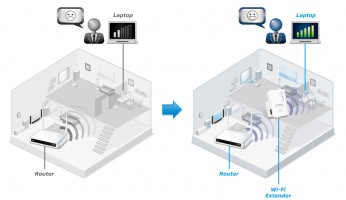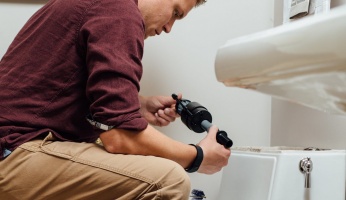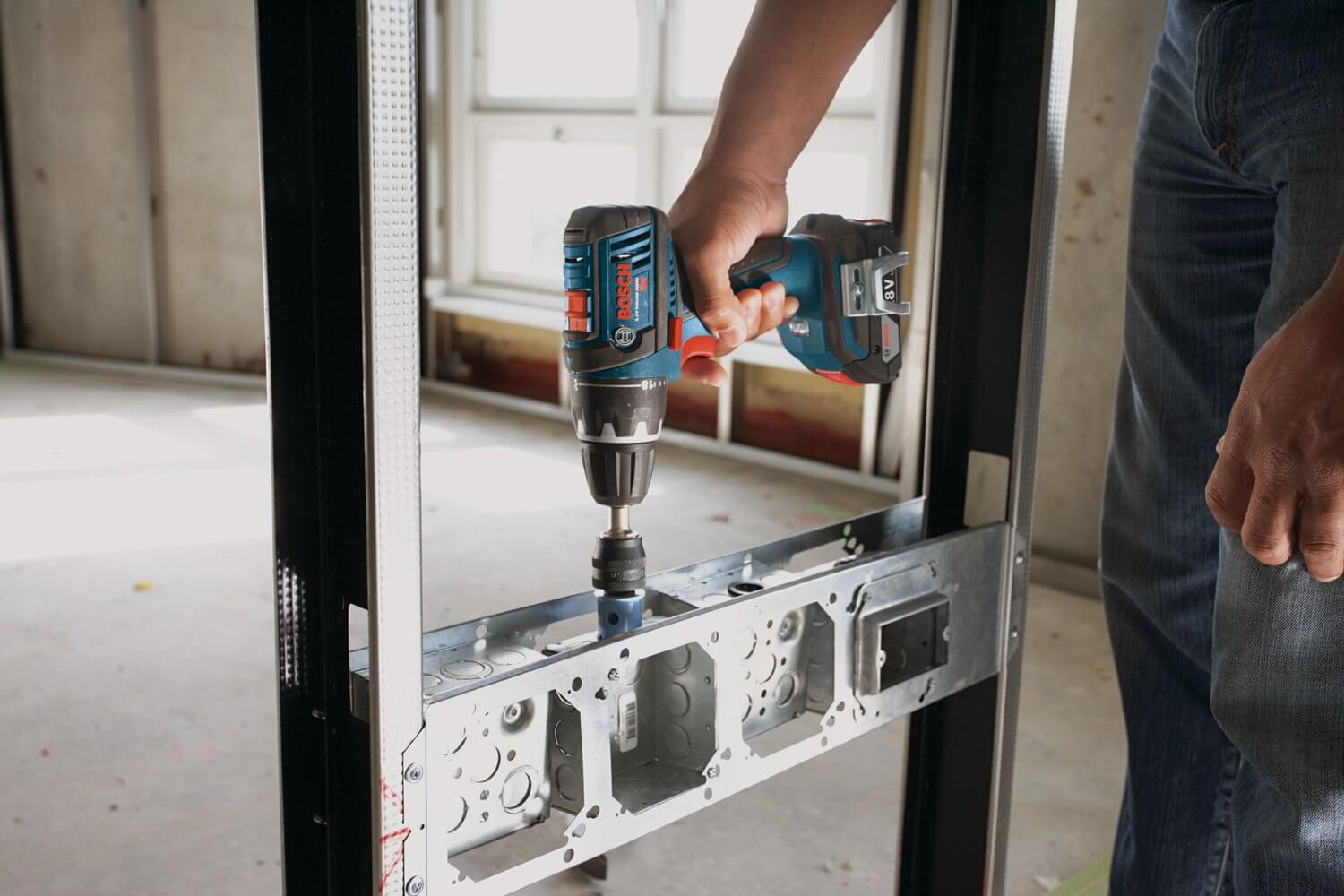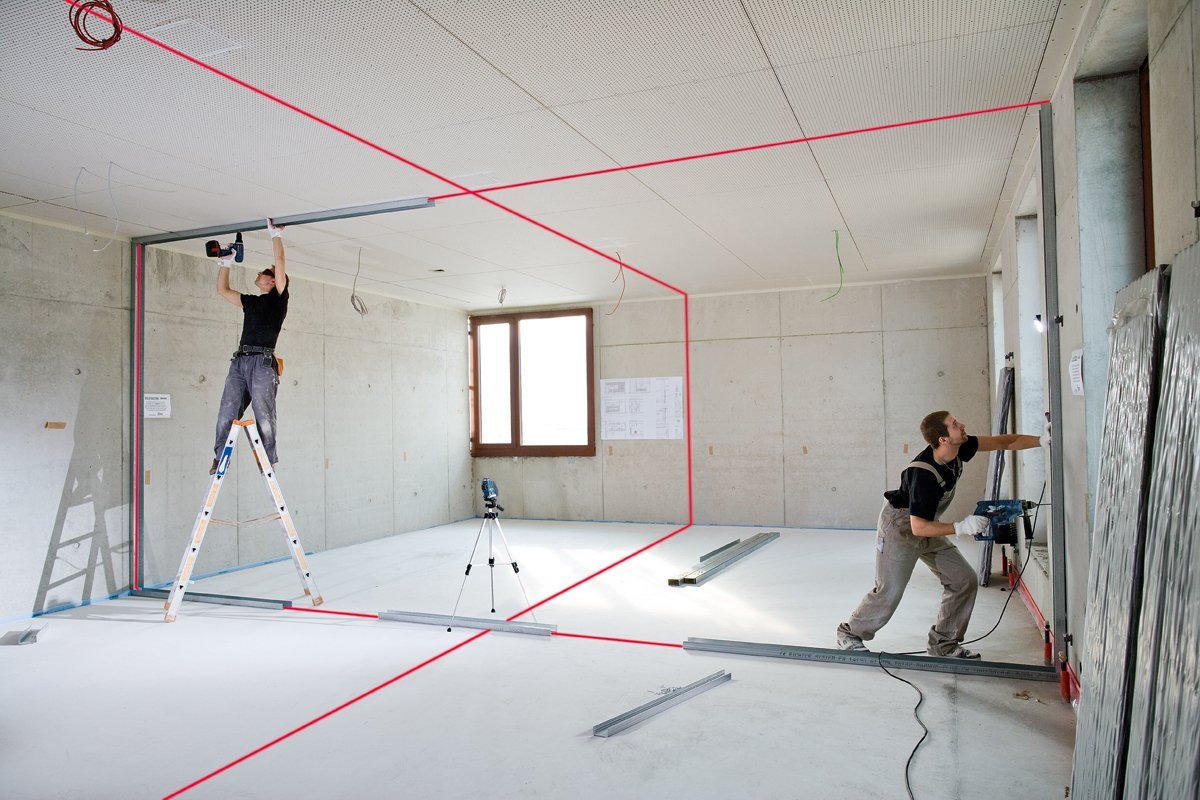- No Obligations
- Stop Paying Too Much For Your Contractor
- No Spam Calling
- Screened & ID Checked Contractors only!
Ventless Gas Fireplaces: How Safe are They Really?
2
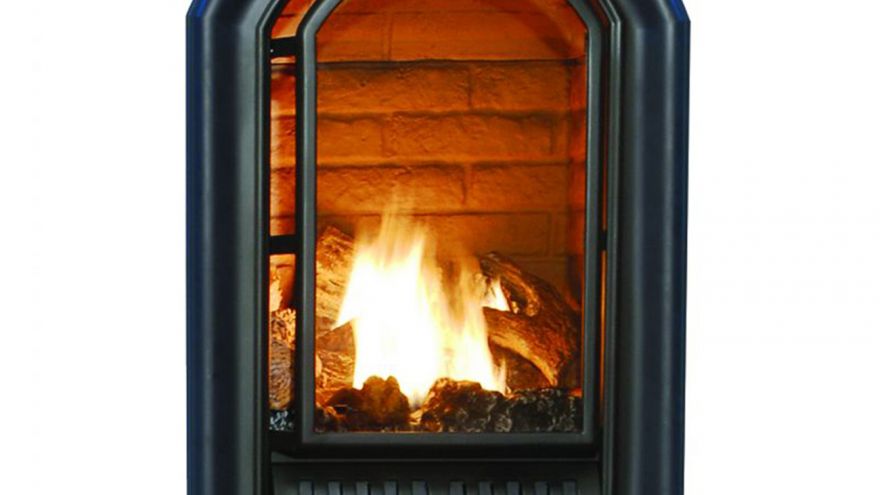 Ventless Gas Fireplaces: How Safe are They Really?
earlyexperts.net
Ventless Gas Fireplaces: How Safe are They Really?
earlyexperts.net
When looking for fireplace solutions outside of a standard wood burning fireplace, homeowners are afforded the luxury of options. All, however, have some pros and cons that are important to consider.
First and foremost, there is fuel. If your home runs on oil, then it will be difficult for you to secure a gas powered fireplace without bringing in external fuel. The same is true of propane. There are also electric options. Finally, you can go old school, and opt for a wood burning insert. The major downside to woodburning is the maintenance associated with foraging for wood each year and allowing time for it to season for dry wood that quickly and cleanly ignites.
The other issue with any of the above inserts or stoves is that in each case, additional ventilation must be installed along with the unit itself. This means high costs, the need to pull permits, and sometimes even have the job inspected after the fact.
Thus, your modest desire for a little warmth and ambiance becomes a much bigger job.
To avoid this, many homeowners toy with the idea of ventless fireplaces. The basic concept is in the name- a fireplace insert, typically gas or propane burning, that needs no ventilation. This is because the gas or propane insert creates no smoke, just a flame and its subsequent heat.
But the idea of a fire without smoke and a fireplace without ventilation tends to give people pause. Certainly something is emitted into the home as gas burns up, even if it isn’t smoke from wood fuel, right?
Questions like this lead to larger more encompassing questions as we begin our research of fireplace options, and specifically ventless units: are they even safe?
Vent-Free
The fact of the matter is that vent-free, gas burning fireplaces and other other appliances definitely DO emit elemental gasses into the home, including carbon dioxide (Not a huge deal. So do we!) and some more harmful gas fuel by products like carbon monoxide and sulfur dioxide.
But how then, if it is known that these ventless units contribute to the dagners outlines above, can they be considered safe for homes or even sold in stores? Well, for some, the answer to those questions are they can’t and they shouldn’t.
Others have a different opinion, arguing that gas burns openly in homes every day at no great detriment. Look no further than your gas stove top.
Neither of these points of view captures the complexity of gas emissions via vent free appliances. With respect to the latter argument, part of the reason why gas stoves are not harmful is that they are rarely opened all the way for more than one burner at a time. This limits the amount of gas emissions tremendously.
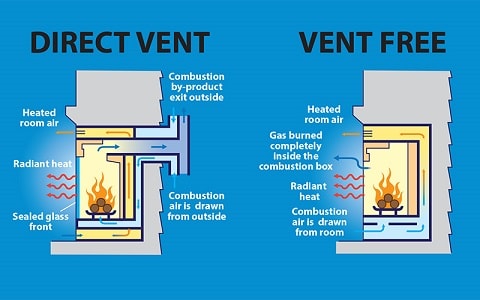
Still, if you turned up each burner full blast, opened the oven and set it to broil, and left a burning candle in your home while you ran some errands, you might come home to a pile of rubble, or at the very least a super toxic gas problem.
This type of perspective is important to consider as you shop for ventless fireplace units. With a properly sized unit that only runs occasionally or a few hours at a time, there will likely be no problems.
Still nervous or unsure? Check the owner’s manual for specifications around burning times and gas emissions. A quick skim is likely all you will need to settle your anxieties.
Carbon Monoxide and Water Vapor?
Carbon monoxide is by far the most widely known of the dangerous gasses. Part of this notoriety stems from the fact that it is scentless and colorless. Thus, if a leak were to spring in your home’s gas line, there would be no way of knowing until the harmful health effects began to take shape.
These health hazards can span from minor things like headaches to even death in worst case scenarios. This is why detectors are so important, and even more so if you decide to install a ventless fireplace unit.
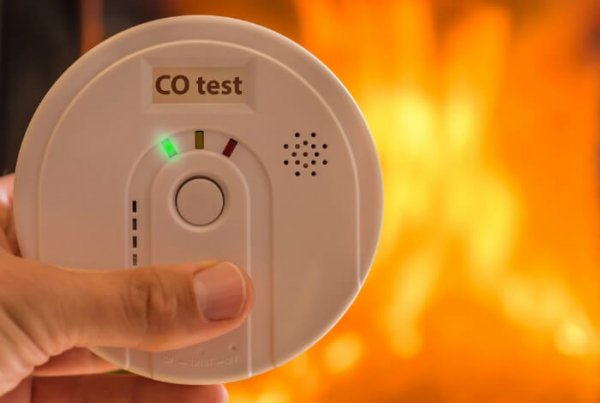
Install additional detectors throughout the house including one in the same room as the fireplace. This way, if yours does begin to emit carbon monoxide you will know right away and can remedy the situation before it has spread too far throughout the home.
Vent-free, gas fireplace units have also been known to emit water vapor over time. While water vapor may not be a direct hazard to human beings like carbon monoxide is, when a copious amount of damp, warm air begins to fill the home, some serious damage can be caused.
For starters, you may start to see your wall paper peel. If the vapor emissions persist, mold and mildew can begin to fester, which down the road could compromise the wood joists and framework that provide structural integrity to your home.
Safety and Alternatives
Some factors to consider with respect to safety and vent-free gas burners:
- Was the unit installed properly by a licensed professional?
- Is the unit the correct size for your fireplace opening?
- Are you using your unit correctly?
- How do you know if the unit is not working properly or has failed?
These are some vital questions you should have in the back of your mind throughout the shopping, install, and eventual use of any gas appliance, but especially your vent-free fireplace. So much of what can go wrong has to do with one of the above factors. That said, if you are diligent and follow up consistently with regular maintenance to your unit, your fireplace will likely be no more of a threat than a gas stove.
If after these considerations, the thought of harmful gas emissions still has your apprehensive, it might be time to think about alternative solutions. With your heart dead set on some sort of gas insert, your best bet is a vented unit. The installation will be more costly and it will not operate as efficiently, letting much of its heat out through the ventilation, it can be worth it for those with persistent safety concerns.

